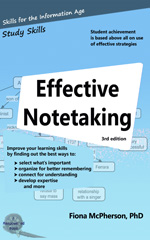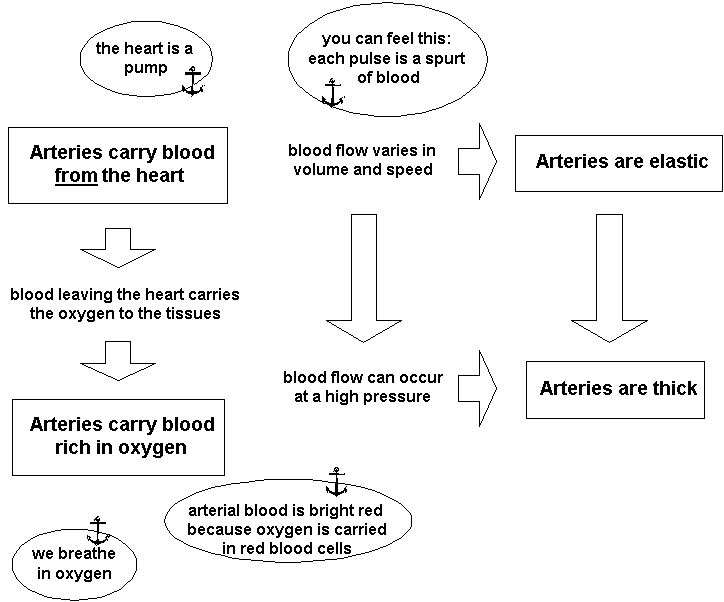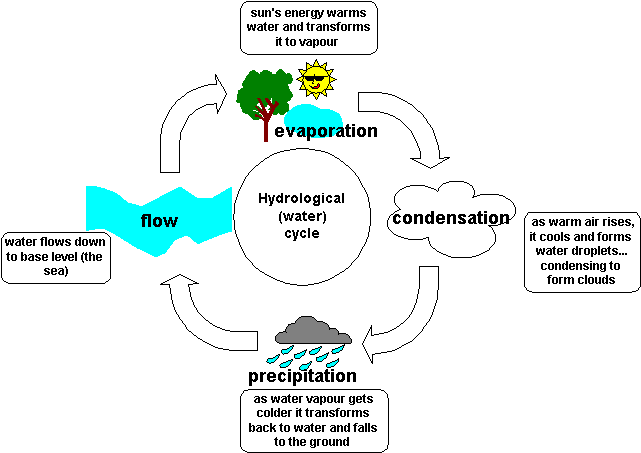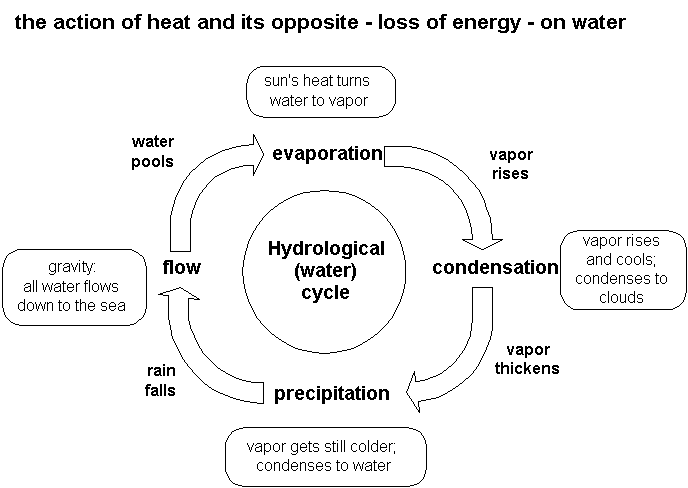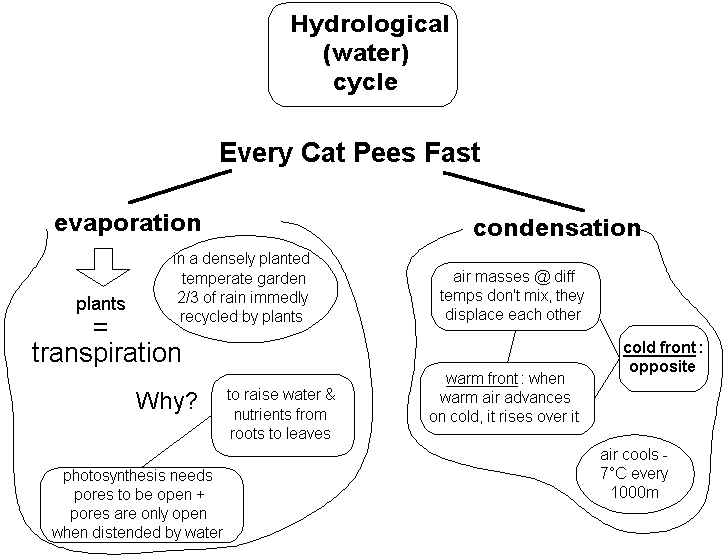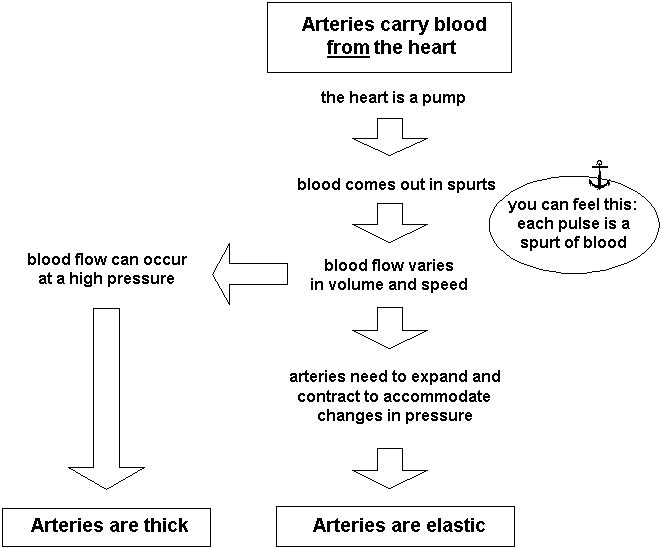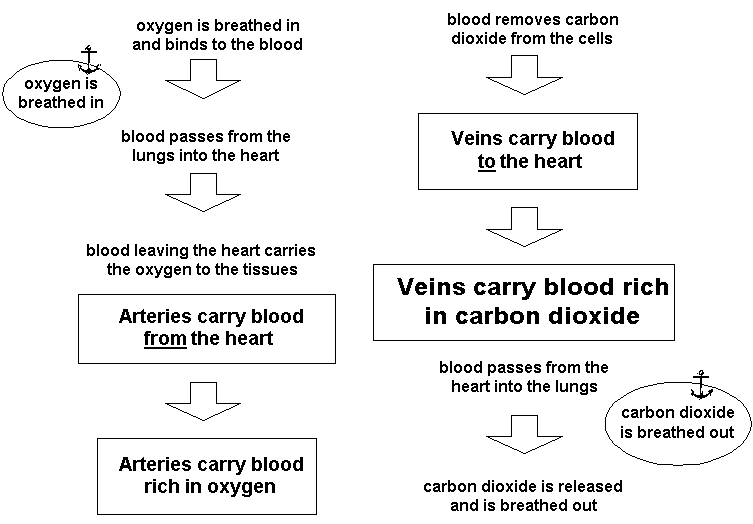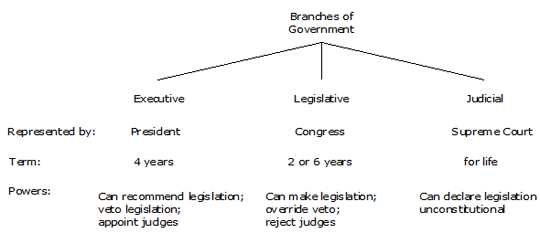Context is absolutely critical to successful communication. Think of the common experience of being a stranger at a family gathering or a meeting of close friends. Even familiar words and phrases may take on a different or additional meaning, among people who have a shared history. Many jokes and comments will be completely unintelligible, though you all speak the same language.
American anthropologist Edward Hall makes a useful distinction between ‘High context’ and ‘Low context’ communications. Your family gathering would be an example of a high context situation. In this setting, much of the meaning is carried in the speakers, their relationships, their knowledge of each other. In a low context situation, on the other hand, most of the meaning is carried in the actual words.
Part of the problem with email, as we all recognize, is that the context is so lacking, and the burden lies so heavily on the words themselves.
The importance of context for comprehension has, of course, profound implications for learning and memory.
I was reminded of this just the other day. I’m a fan of a TV program called NCIS. I only discovered it, however, at the beginning of the third season. After I’d watched it for some weeks, I purchased the DVDs of the earlier seasons. Most recently, I bought the DVD of season 3, which I had, of course, seen on TV. Watching the first episode of that season, which was the first episode of NCIS I ever saw, I was surprised to hear a line which I had no memory of, that was freighted with significance and led me to a much deeper understanding of the relationship between two of the characters — but which had meant absolutely nothing to me when I originally saw it, ignorant as I was of any of the characters and the back story.
The revelation meant nothing to me as a novice to the program, and so I didn’t remember it, but it meant everything to me as (dare I say it?) an expert.
Context is such a slippery word; so hard to define and pin down. But I think it’s fair to say that the difference between the novice and the expert rests on this concept. When an expert is confronted with a piece of information from her area of expertise, she knows what it means and where it belongs — even if the information is new to her. Because of this, she can acquire new information much more easily than a novice. But this advantage applies only in the expert’s area of expertise.
To take another example from the frivolous world of popular culture, a British study of fans of the long-running radio soap opera The Archers were given one of two imaginary scripts to read. One story was representative of the normal events in The Archers (a visit to a livestock market); the other was atypical (a visit to a boat show). These experts were able to remember many more details of the typical, market story than a group of subjects who knew little about the soap opera, but were no better at remembering details for the atypical story. Most importantly, this occurred even though the two stories shared many parallel features and most of the questions (and answers) used to assess their memory were the same. This indicates the specificity of expert knowledge.
Part of the advantage experts have is thought to rest on the ‘conditionalization’ of knowledge. That is, experts’ knowledge includes a specification of the contexts in which it is relevant.
It is surprising to many, this idea that it is not necessarily a lack of knowledge that is the problem — that people often have relevant knowledge and don’t apply it. In reading, for example, readers often don’t make inferences that they are perfectly capable of making, on the knowledge they have, unless the inferences are absolutely demanded to make sense of the text.
Another example comes from the making of analogies. I discuss this in my workbook on taking notes. Here’s a brief extract:
------------------------------------------
Rutherford’s comparison of the atom to the solar system gave us a means to understand the atom. The story goes that Newton ‘discovered’ gravity when an apple fell on his head — because of the comparison he made, realizing that the motion of an apple falling from a tree was in some sense like the motion of the planets. These are comparisons called analogies, and analogy has been shown to be a powerful tool for learning.
But the problem with analogies is that we have trouble coming up with them.
Generally, when we make analogies, we use an example we know well to help us understand something we don’t understand very well. This means that we need to retrieve from memory an appropriate example. But this is clearly a difficult task; people frequently fail to make appropriate connections — even, surprisingly, when an appropriate connection has recently come their way. In a study where people were given a problem to solve after reading a story in which an analogous problem was solved, 80% didn’t think of using the story to solve the problem until the analogy was pointed out to them.
It’s thought that retrieving an appropriate analogy is so difficult because of the way we file information in memory. Certainly similarity is an important attribute in our filed memories, but it’s not the same sort of similarity that governs analogies. The similarity that helps us retrieve memories is a surface similarity — a similarity of features and context. But analogies run on a deeper similarity — a similarity of structure, of relations between objects. This will only be encoded if you have multiple examples (at least more than one) and make an explicit effort to note such relations.
----------------------------------------------
The conditionalization of knowledge is of course related to the problem of transfer. Transfer refers to the ability to extend (transfer) learning from one situation to another (read more about it here) . Transfer is frequently used as a measure of successful learning. It’s all very well to know that 399-(399*0.1) = 359.1, but how far can you be said to understand it — how much use is it — if you can’t work out how much a $3.99 item will cost you if you have a 10% discount? (In fact, the asymmetry generally works the other way: many people are skilled at working out such purchase calculations, but fall apart when the problem is transferred to a purely numerical problem).
Transfer is affected by the context in which the information was originally acquired — obviously transfer is particularly problematic if you learn the material in a single context — and this is partly where the experts achieve their conditionalization: because, spending so much time with their subject they are more likely to come across the same information in a variety of contexts. But the more important source is probably the level of abstraction at which experts can operate (see my article on transfer for examples of how transfer is facilitated if the information is framed at a higher level of abstraction).
In those with existing expertise, an abstract framework is already in place. When an expert is confronted by new information, they automatically try and fit it into their existing framework. Whether it is consistent or inconsistent with what is already known doesn’t really matter — either way it will be more memorable than information that makes no deep or important connections to familiar material.
Let’s return to this idea of high and low context. Hall was talking about communications, in the context of different cultures (interestingly, he found cultures varied in the degree to which they were context-bound), but the basic concept is a useful one in other contexts. It is helpful to consider, when approaching a topic, either as student or teacher, the degree to which understanding requires implicit knowledge. A high context topic might be thought of as one that assumes a lot of prior knowledge, that assumes a knowledge of deeper structure, that is difficult to explain in words alone. A low context topic might be thought of as one that can be clearly and simply expressed, that can largely stand alone. Learning the basics of a language — how to conjugate a verb; some simple words and phrases — might be thought of as a low context topic, although clearly mastery of a language requires the complex and diverse building up of experiences that signifies a high context topic (and also clearly, some languages will be more ‘high context’ than others).
There is nothing particularly profound about this distinction, but an awareness of the ‘contextual degree’ of a topic or situation, is helpful for students, teachers, and anyone involved in trying to communicate with another human being (or indeed, computer!). It’s also helpful to be aware that high context situations require much more expertise than low context ones.
This article first appeared as "Context, communication & learning" in the Memory Key Newsletter for April 2007
